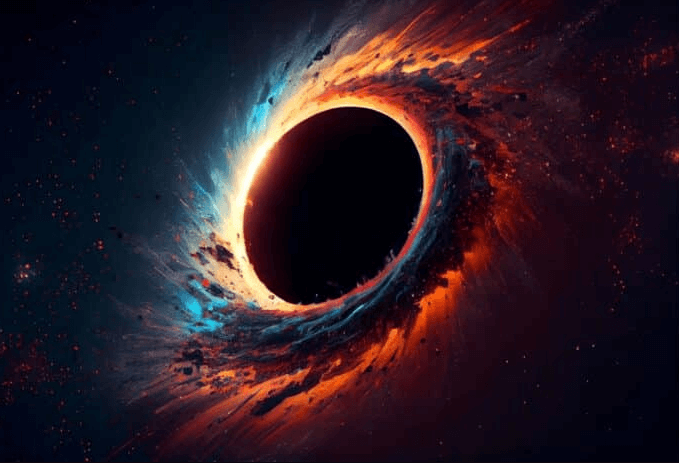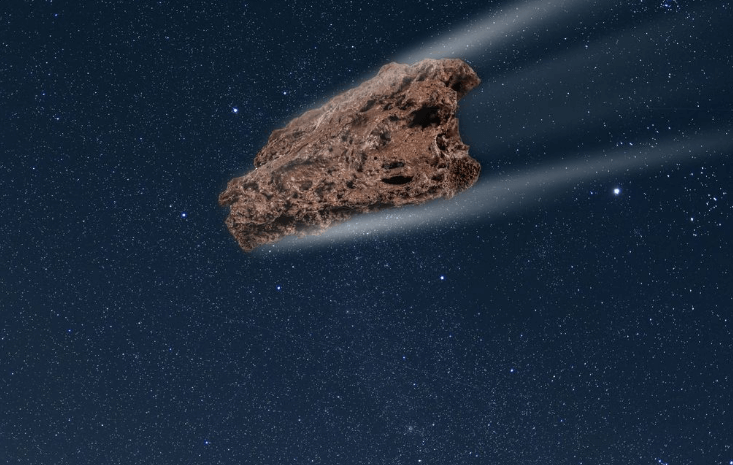Astronomers using NASA’s James Webb Space Telescope (JWST) have taken an interesting photo at the heart of our Milky Way: Sagittarius A*, the supermassive black hole, is always flashing in bursts of light.
These dazzling flares, produced by the spinning disk of gas and dust that encircles the black hole, are of every shape and size. Some flash for just seconds, others are great outbursts that repeat every day.
Even more subdued twinkles continue for months. This relentless light display provides important information about the nature of black holes and how they behave in their surroundings.
A team of scientists, led by Farhad Yusef-Zadeh at Northwestern University, observed Sagittarius A* several times between 2023 and 2024 after changes over a series of 48-hour periods spread out over the course of a year. Something new was discovered each time—confirming the black hole’s mercurial nature.
Astronomers witnessed continuous “fireworks” of varying brightness with no known pattern in JWST’s Near Infrared Camera (NIRCam). Low-level, brief flares are believed to be caused by small interruptions in the accretion disk, similar to solar flares. The most powerful flares likely take place when the twisted magnetic fields abruptly break and release gigantic energies.
Among the surprising findings was that the shorter-wavelength flares happened slightly sooner than the longer-wavelength ones. This suggests energy loss at shorter wavelengths happens more quickly, and with this new knowledge, there is more evidence provided to physics in black hole environments.
To learn even more, Yusef-Zadeh has proposed continuous 24-hour monitoring of Sagittarius A*. The longer, consistent observation would be able to inform us if and how these flares draw upon some template or are entirely random.






Leave a Reply